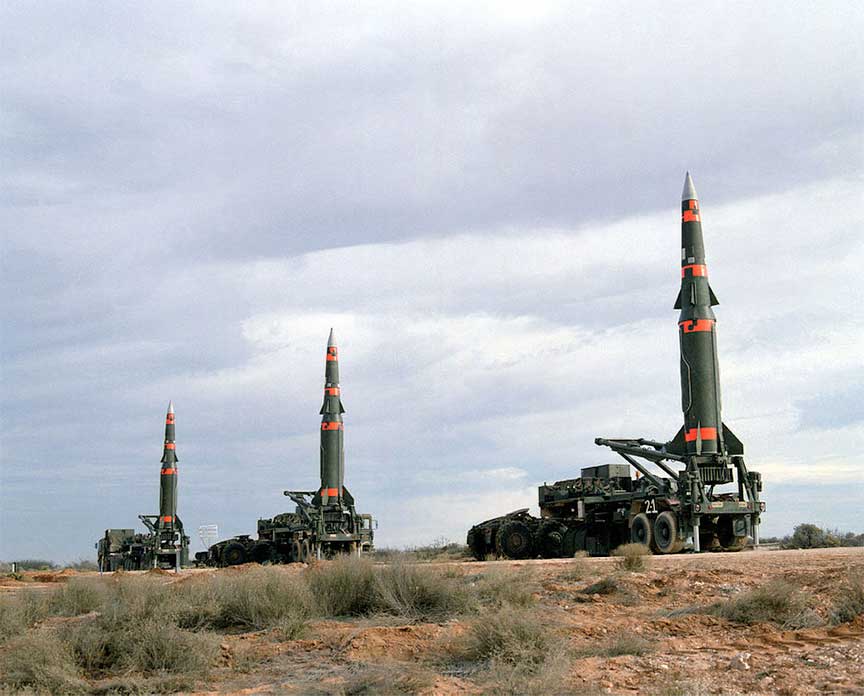1983 US Deploys Pershing Missile

Kavalla in Maceonia
On November 23,1983 the US deployed the first Persing Intermediate-range ballistic missile in West Germany. The Pershing was developed and deployed in response to the Soviet intermediate missile previously targeted at Western Europe. The Soviets opposed US deployments and peace groups throughout Europe demonstrated against them. On the day the deployments took place the Soviets walked out of the disarmament talks taking place in Geneva in protest.
The deployment of Pershing II missiles by the United States in 1983 was a significant event in the Cold War era, as it marked an escalation in the arms race between the US and the Soviet Union. These intermediate-range ballistic missiles were stationed in West Germany and were capable of reaching Soviet territory within a short period, reducing the warning time for the Soviets in the event of a nuclear attack.
The decision to deploy Pershing II missiles was made in response to the Soviet Union's deployment of SS-20 missiles in Eastern Europe. NATO's "dual-track" policy, adopted in 1979, called for arms control negotiations with the Soviet Union while simultaneously upgrading its own nuclear arsenal to counter the Soviet threat.
The Pershing II missiles' deployment heightened tensions between the US and the Soviet Union and sparked widespread protests throughout Europe, particularly in West Germany. Many people feared that these new missiles would increase the risk of a nuclear war.
However, the deployment of Pershing II missiles also played a significant role in the eventual signing of the Intermediate-Range Nuclear Forces (INF) Treaty in 1987 by US President Ronald Reagan and Soviet leader Mikhail Gorbachev. The INF Treaty eliminated all intermediate-range and shorter-range nuclear and conventional ground-launched ballistic and cruise missiles possessed by both countries. This treaty marked a critical turning point in the Cold War, as it was the first time both superpowers agreed to reduce their nuclear arsenals.
In summary, the deployment of Pershing II missiles in 1983 was significant because it intensified the arms race and heightened tensions between the US and the Soviet Union. Nevertheless, it ultimately contributed to a landmark arms control agreement that marked a step toward de-escalation and the eventual end of the Cold War.
 >
>